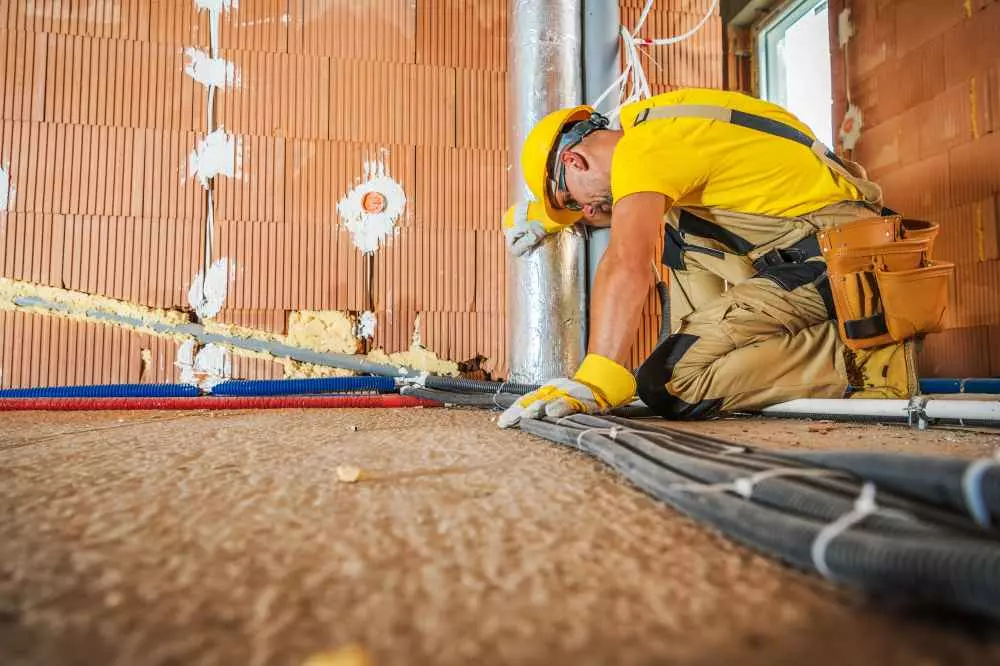Cable installation process in commercial systems
Cable installation is one of the most important steps in the construction of commercial systems. Correct and accurate installation of cables is crucial to ensure the reliability and efficiency of the entire system. In this article, we will present the cable installation process step by step, discussing the most important steps and rules to follow.
1. Prepare an installation plan
Before proceeding with cable installation, it is necessary to prepare an installation plan. This plan should take into account the location of various devices, access points, and also take into account possible problems and limitations such as obstacles in the form of poles, walls, etc. Good organization is the key to effective and accurate installation, so it is worth spending enough time to create a solid plan.
2. Choosing the right cables and accessories
Choosing the right cables and accessories is another important step in the installation process. Depending on the type of commercial system, it's a good idea to choose cables of the right category and strength. You should also ensure that you have the right number of connectors, sockets and other fittings. For commercial systems where the cables are subjected to heavy loads, it is worth investing in cables with additional reinforcement.

3. Preparing the installation site
Before installing cables, the installation site should be properly prepared. All walls, floors and ceilings should be clean and free of any obstructions that may impede the work. If it is necessary to drill through the walls, it is advisable to use cable detectors to help avoid accidental damage to already installed cables.
4. Installation of cables
Once the installation site has been prepared, you can proceed with the actual installation of the cables. Start by placing outlets and access points, and then route the cable cables according to the previously prepared plan. It is important to carefully follow the manufacturer's standards and recommendations, and to protect the cables well throughout the route. In areas where cables are exposed to mechanical damage, it is a good idea to use protective covers.
5. Testing and acceptance of the system
Once the cable installation is complete, we proceed to test the entire system. It is advisable to use professional equipment that will allow accurate measurements and analysis of signal quality. Testing includes checking the correctness of connections, bandwidth, signal attenuation, as well as other parameters relevant to a commercial system. After successful testing, the system can be received and handed over for use.
Summary
The process of installing cables in commercial systems requires accuracy, organization and solid technical skills. Correct execution of this activity is crucial to ensure the reliability and efficiency of the entire system. Preparing an installation plan, selecting the right cables and accessories, preparing the installation site, precise installation, and testing and inspection are the key activities that must be performed. Attention to every detail and the use of high-quality materials and professional tools are key to ensuring the long-term and reliable operation of a commercial system.
